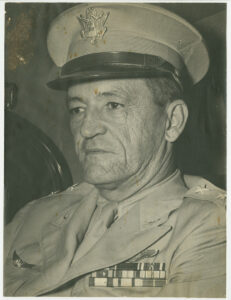Music
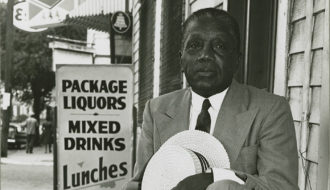
Frank Amacker
Frank Amacker, nicknamed “Dude,” was not only a gifted jazz musician, but also an impeccable dresser.

Frank Amacker, nicknamed “Dude,” was not only a gifted jazz musician, but also an impeccable dresser.
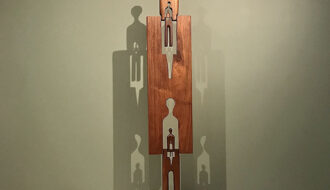
Sculptor Frank Hayden often explored themes of fellowship, family, Christian values, war, and civil rights in his artwork.
Frank "Little Daddy" Moliere was a traditional jazz piano player and singer from New Orleans.

Frank Summers served as the Chief Justice of the Louisiana Supreme Court from 1979 to 1980.
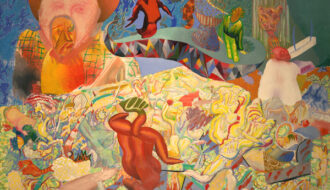
Frederich Trenchard's colorful narrative paintings in watercolor and oil, dubbed "magist" by critics at the time, garnered him enthusiastic recognition in New Orleans art circles in the 1970s.
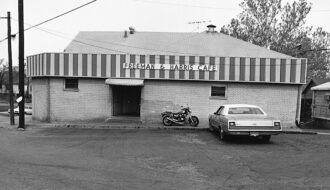
Freeman & Harris Café was a Black-owned restaurant that served as a pillar of Black social, cultural, and political life in Shreveport.
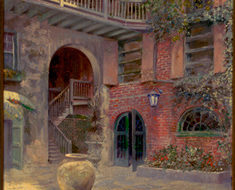
In the 1920s, a bohemian scene emerged in the French Quarter of New Orleans that contributed to its preservation and revitalization as a tourist destination.
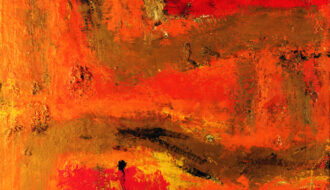
The art and life of Fritz Bultman evolved in three of the most vital American art centers of the twentieth century: New Orleans, New York City, and Provincetown, Massachusetts.
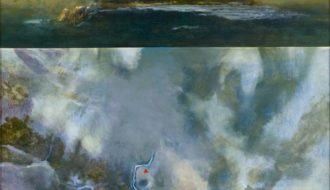
Painter Gaither Troutman Pope is best known for his landscapes of Louisiana's prairies and dark swamps influenced by nineteenth-century Luminist painters.
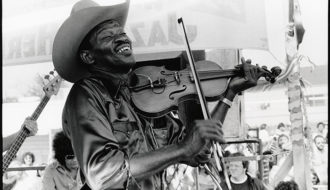
Though described as a blues guitarist, Clarence "Gatemouth" Brown embraced a variety of music genres and musical instruments, including the violin, viola, mandolin, mandola, harmonica, and drums.
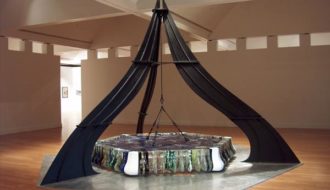
Koss founded Tulane University's glass studio in 1977, thus ushering the art-glass movement into New Orleans.
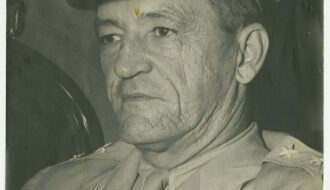
During World War II General Claire Chennault led the Flying Tigers, a group of American volunteer pilots who assisted the Chinese Air Force.
One-Year Subscription (4 issues) : $25.00
Two-Year Subscription (8 issues) : $40.00
